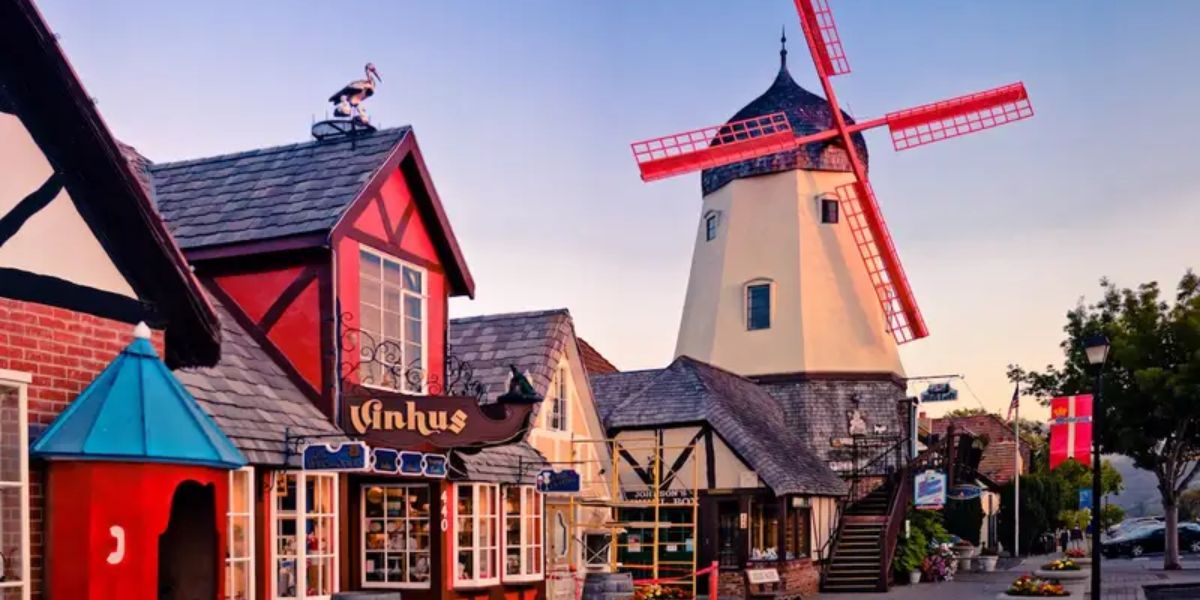Falls City, Nebraska, a small community located in Richardson County, has recently been identified as the poorest town in the state according to an analysis by 24/7 Wall St.
The designation is based on multiple economic indicators, including median household income, poverty levels, and the proportion of residents relying on government aid. These figures paint a concerning picture of financial hardship in this rural town.
Economic Profile of Falls City
Home to a population of just over 4,000 residents, Falls City’s economic challenges are significant. As of 2025 estimates, the population stands at approximately 4,009. The town’s median household income ranges between $37,712 and $45,750, well below Nebraska’s state median income of about $66,644. This gap emphasizes the financial difficulties many local households face in their daily lives.
Poverty continues to impact a substantial portion of the community. The town’s poverty rate lies between 11.4 percent and 12.5 percent, with roughly 8.2 percent of families living below the poverty line. Additionally, about 10.3 percent of households rely on government assistance programs to meet basic living needs, illustrating widespread dependence on public support.
Demographic and Educational Background
Falls City’s demographic composition is predominantly White, with over 90 percent of the population identifying as such. Smaller percentages identify as multiracial, Hispanic, or Native American. The median age in the town is approximately 40.6 years, and the gender distribution is fairly even.
In terms of education, attainment remains modest. Only 8 percent of residents have earned a master’s degree or higher, and 16 percent possess a bachelor’s degree. The largest segment, about 42 percent, report a high school diploma as their highest level of education. These figures reflect the broader economic limitations and job market challenges facing the community.
Household income data further highlights the financial strain. Nearly 25 percent of households earn less than $25,000 annually, while another 25 percent fall within the $25,000 to $44,000 range. Just 9 percent of households report earning over $150,000 a year.
Hopes for Economic Development
Despite these challenges, Falls City is not without opportunities for economic renewal. The town recently earned an ‘A’ rating for its Bioeconomy Development Opportunity (BDO) Zone. This positive assessment has already attracted major investors, including Citroniq Chemicals LLC, which plans to establish the world’s largest decarbonized plastics production facility in Falls City. Local officials are hopeful that such developments will create new jobs and improve the town’s economic landscape.
Falls City in Context with Other Nebraska Towns
While Falls City has been named the poorest town among Nebraska communities with populations between 1,000 and 25,000, it is not alone in facing economic difficulty. Towns like Wayne and Beatrice also contend with serious financial challenges, including higher poverty rates in some cases.
However, what distinguishes Falls City is the combination of its low median income, significant poverty rate, and heavy reliance on public assistance.
Conclusion
Falls City’s recognition as the poorest town in Nebraska is rooted in a set of sobering statistics: low household income, persistent poverty, and high dependency on government programs. Yet, even in the face of economic adversity, there are signs of progress.
Investments in the bioeconomy sector may provide new opportunities and spark future growth. For now, Falls City stands as a reflection of the broader struggles faced by many rural towns in America’s heartland.




